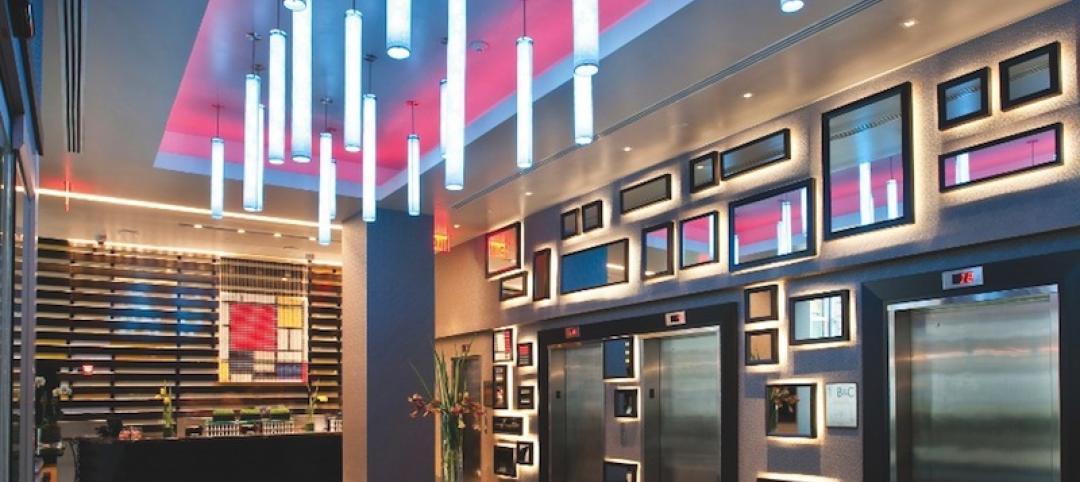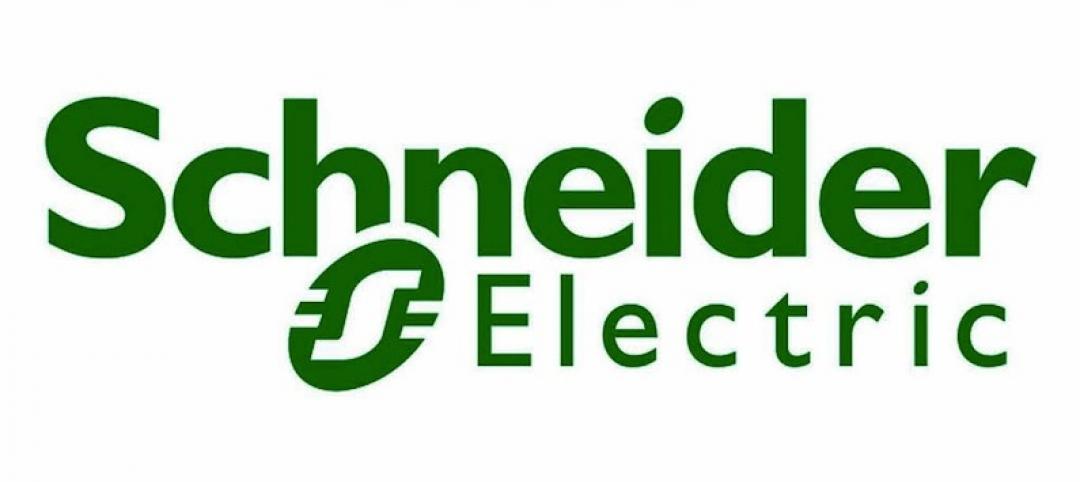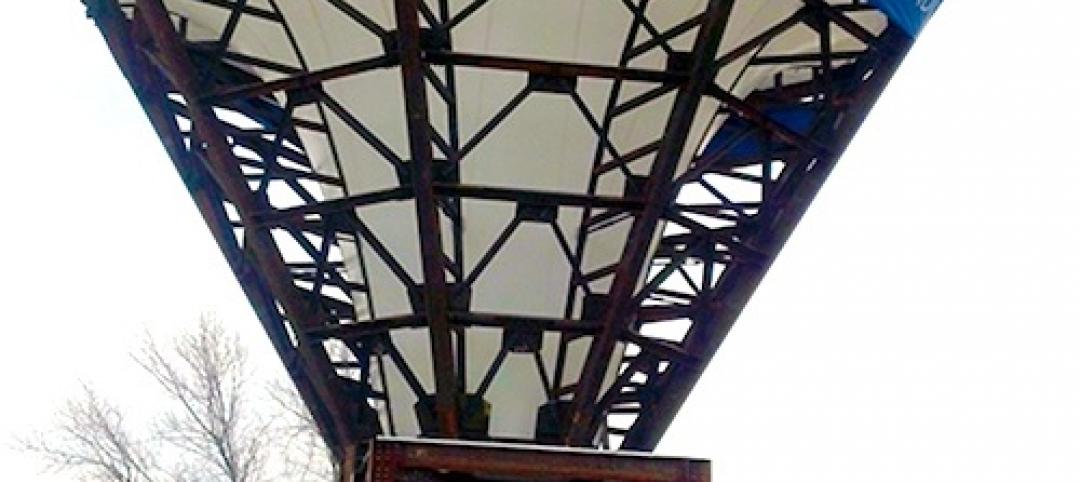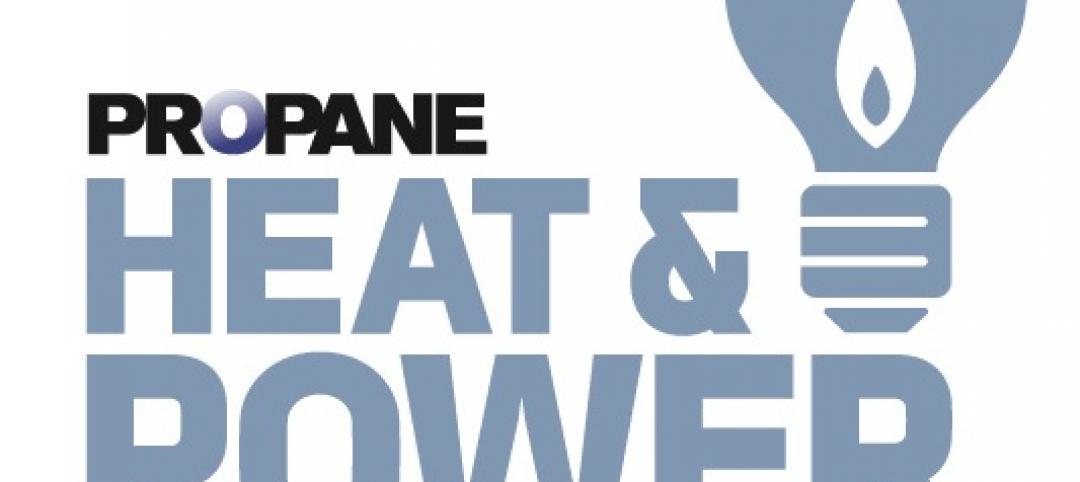We’re not in the habit of recommending books in these pages, but we could not ignore two recent noteworthy publications. (Both are available on amazon.com.)
Net Zero Energy Design: A Guide for Commercial Architecture is an in-depth, 441-page exploration into the practical problems of designing and building net-zero buildings. The author, architect Tom Hootman, AIA, LEED AP BD+C, is Director of Sustainability at RNL, the Denver-based design firm.
He was a key contributor to the Building Team that designed the Research Support Facility at the National Renewable Energy Laboratory, the U.S. Department of Energy lab in Golden, Colo. It was the first net-zero building in the U.S. to demonstrate both environmental and economic feasibility.
If your firm is contemplating taking on a net-zero energy project, you would be remiss if you ignored this book, the first essential manual in the field.
See my interview with Hootman on how NZE buildings are creating a new role for architects, at /new-leadership-role-architects-net-zero-design.
Transformational Thought: Radical Ideas to Remake the Built Environment is a series of 14 essays by Jason F. McLennan, LEED Fellow, founder of the Living Building Challenge and a primal force in the U.S. Green Building Council’s Cascadia Green Building Council. He was named to Building Design+Construction’s “40 under 40” list in 2010 as a 32-year-old principal at BNIM.
McLellan roams far and wide in his essays, from the role of women in a “restorative future,” to the urban agriculture revolution, to a discussion challenging the wisdom of height and density in urban structures.
It is not always easy to agree with McLellan, and his provocative argumentation will keep you awake at night, thinking. +
Related Stories
| May 28, 2013
LED lighting's risks and rewards
LED lighting technology provides unique advantages, but it’s also important to understand its limitations for optimized application.
| May 17, 2013
5 things AEC pros need to know about low-e glass
Low-emissivity glasses are critical to making today’s buildings brighter, more energy-efficient, and more sustainable. Here are five tips to help AEC professionals understand the differences among low-e glasses and their impact on building performance.
| May 16, 2013
Lilker acquires DC-based EMO Energy Solutions
Lilker Associates Consulting Engineers (lilker.com), a multidisciplinary MEP engineering firm with offices in Manhattan and Long Island, announces the acquisition of EMO Energy Solutions (EMO), a Falls Church, VA-based company in the DC Metro area specializing in energy audits, energy modeling, commissioning and LEED® consultation services.
| May 15, 2013
Schneider Electric announces Global Xperience Efficiency Events for 2013
Schneider Electric’s Xperience Efficiency series will begin with events in the United States, China, Colombia, Brazil and Russia.
| May 14, 2013
Advanced turbines generate 6X more energy than conventional models
US-based wind energy company SheerWind just unveiled the INVELOX – a tunnel-based wind turbine that can produce up to 600% more power than traditional wind turbines.
| May 4, 2013
Research program offers incentives to homes, businesses toward new propane-fueled products
Propane Heat & Power Incentive Program provides up to $10,000 for qualifying generators, micro-CHP systems
| May 3, 2013
'LEED for all GSA buildings,' says GSA Green Building Advisory Committee
The Green Building Advisory Committee established by the General Services Administration, officially recommended to GSA that the LEED green building certification system be used for all GSA buildings as the best measure of building efficiency.
| Apr 16, 2013
5 projects that profited from insulated metal panels
From an orchid-shaped visitor center to California’s largest public works project, each of these projects benefited from IMP technology.
| Apr 10, 2013
23 things you need to know about charter schools
Charter schools are growing like Topsy. But don’t jump on board unless you know what you’re getting into.
| Apr 1, 2013
Half of building owners use 'smart' technologies, says survey
A survey of 291 building owners by IDC Energy Insights shows that 50% of owners use smart building technologies, such as HVAC controls, lighting controls, and analytics/data management.

















